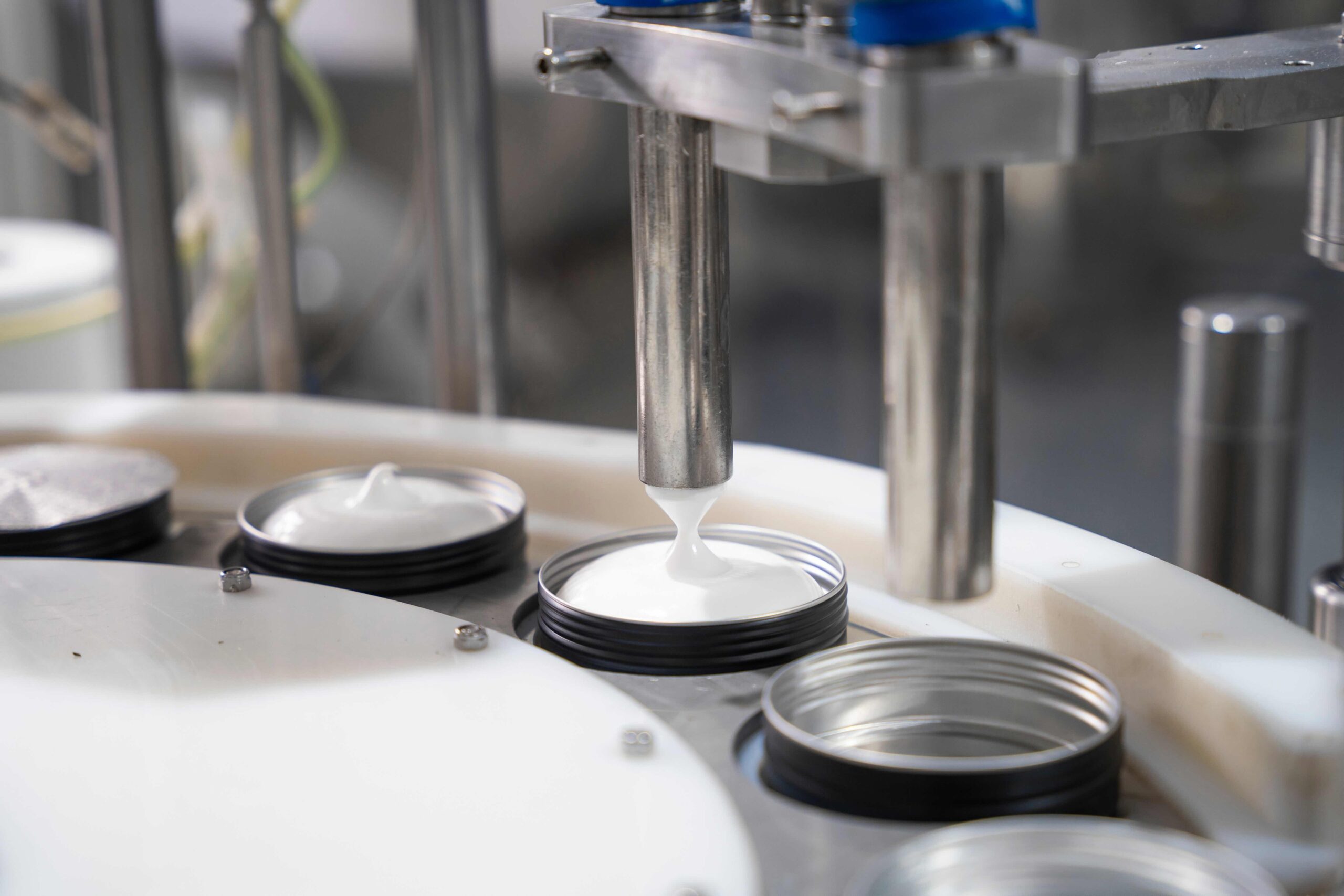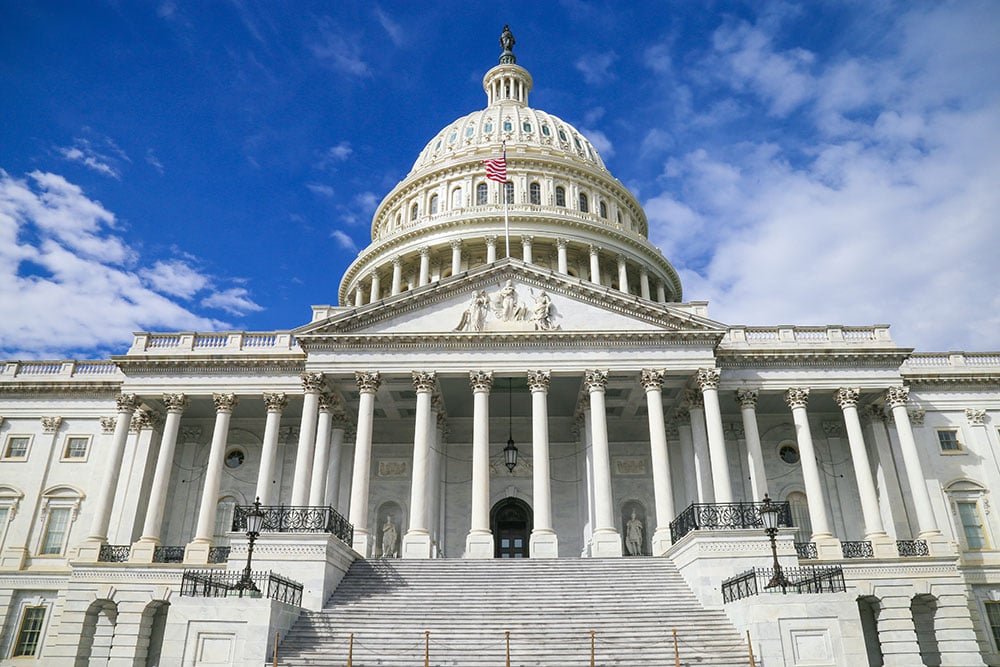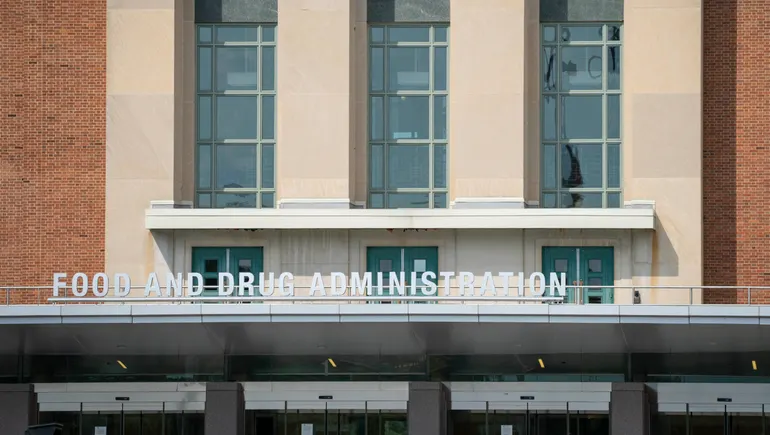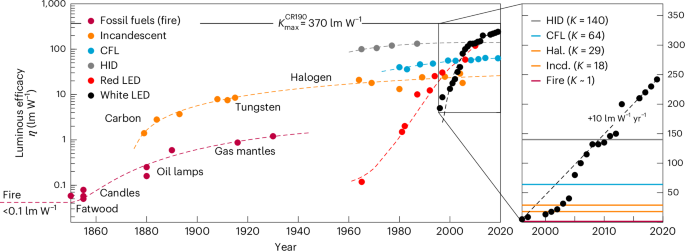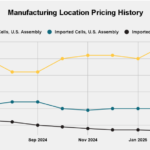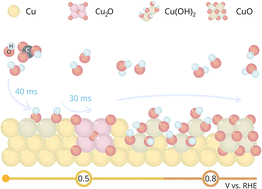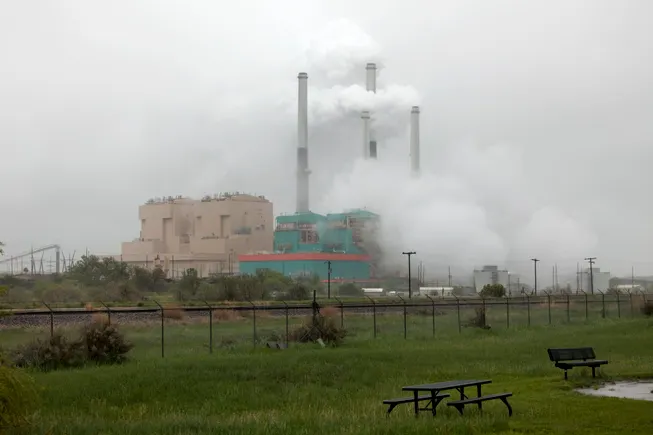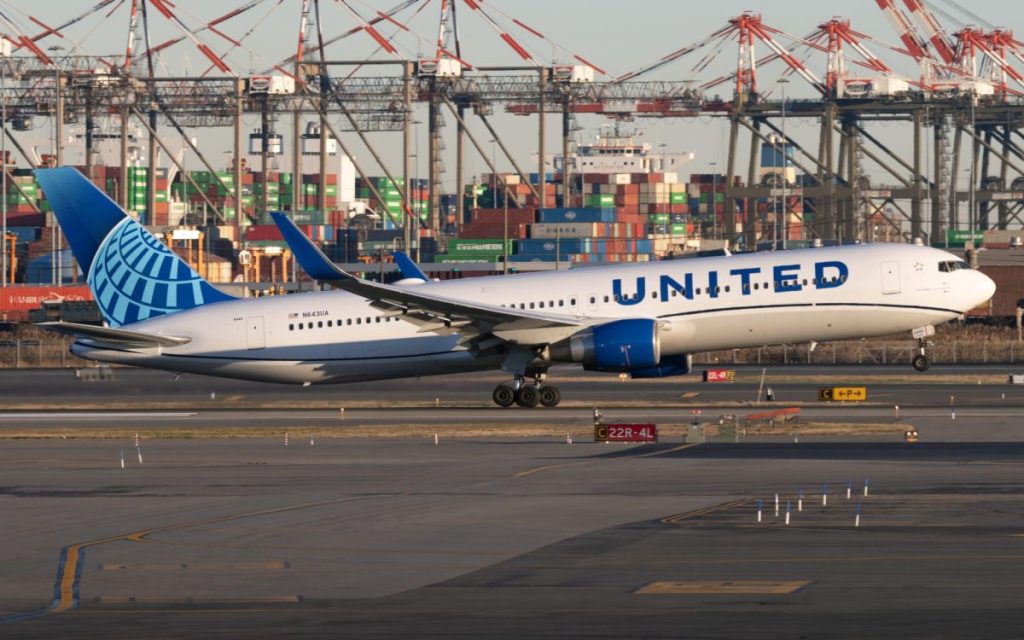One year after Chinese tariffs on Australian wine were lifted, wine producers down under should be celebrating, but a new tranche of duties from the US are putting a dampener on the future outlook for wine exports.
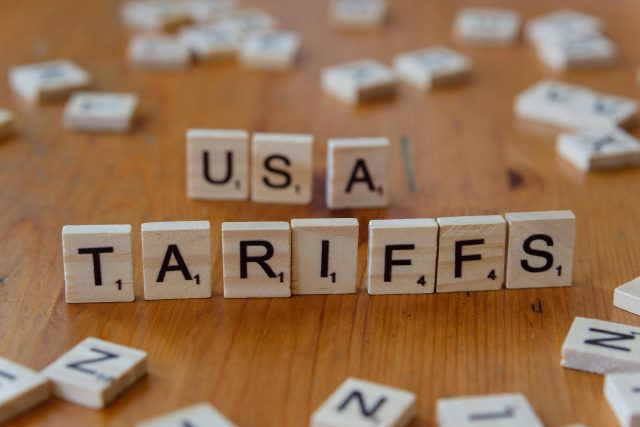
Total Australian wine exports increased by 41% in value to AU$2.64 billion (£1.26bn)in the 12 months to March 2025, according to figures released by Wine Australia today.
Increased demand from Mainland China was predominantly to thank for the positive results, and Australian wine exports to mainland China have exceeded AU$1bn one year after removal of punitive tariffs.
However, overall it was a mixed bag for
Australian wine exports over the last 12 months. Positive value figures in China went some way towards offsetting a somewhat gloomy picture elsewhere. Exports to the rest of the world, excluding mainland China, declined by 13% in value to AU$1.62bn and 9% in volume to 551 million litres.
These figures are record lows for Australian wine — the lowest value in 10 years and the lowest volume in 20 years for the rest of the world.
The decline in value was mainly driven by Hong Kong as sales there transitioned to mainland China, according to Wine Australia.
As for the volume drop, escalating trade wars caused declines in exports to key destinations including the UK, US and Canada. The ongoing tensions are likely to continue impacting wine exports, with the risk that they could increase prices, complicate supply chains and rapidly change the competitive landscape in key wine markets in the near-term.
Australian wine is currently subject to a 10% tariff on arrival in the US. With the situation still evolving, "there is still a lot of uncertainty about what the longer-term position might be", Wine Australia said.
The trade body explained that there continues to be uncertainty around a number of factors including "how much of the increased cost will get passed on to consumers, the effect of a global trade war on foreign exchange rates, and whether consumers will start to switch to domestic wines", making it "hard to predict how this will affect Australian wine exports to the US in the short-to-medium term".
Exports of Australian wine to the US have been in long-term decline, but have now reached the lowest level since the early 2000s. In the 12 months ended March 2025, Australian wine exports to the US declined by 17% in volume to 106 million litres and 9% in value to AU$323m, making it Australia’s second largest market by volume and third largest market by value.
Exports to the UK also declined, falling by 8% in volume to 208 million litres and 3% in value to AU$353m. Shipments to Canada, currently the fifth market for Australian wine by value, and fourth largest by volume, declined by 19% in volume to 60 million litres and increased by 3% in value to AU$151m.
Exports to China: a closer look
Growth of exports to China did much to cushion the blow to demand for Australian wine in other international markets. The average value of exports to all markets increased by 33% to AU$4.09 per litre free on board (FOB), the highest average value in almost two decades. Volumes also saw an increase, but on a considerably smaller scale, up 6% to 647 million litres.
Peter Bailey, manager, market insights at Wine Australia, said the increase in value was "mainly due to the elevated level of premium wine shipments to mainland China" after tariffs on Australian bottled wine were removed at the end of March 2024.
Indeed, exports to China over the 12 month period after tariffs were lifted were up AU$1.01bn in value, and now stand at AU$1.03bn.
Demand for Australian wine in Mainland China has shifted, and China has become a "premium market for Australian wine" post-tariffs, Bailey said.
“While the total value of shipments to mainland China is now at a similar level to the years immediately before tariffs on Australian bottled wine came into force, volume in the last 12 months is 23% smaller than the 5-year average between 2016 and 2020 and 44% below the peak in 2018," he explained.
A shift in demand towards the premium segment is good news for the country's wine industry, but will do little to "solve oversupply issues in Australia" which still remain.
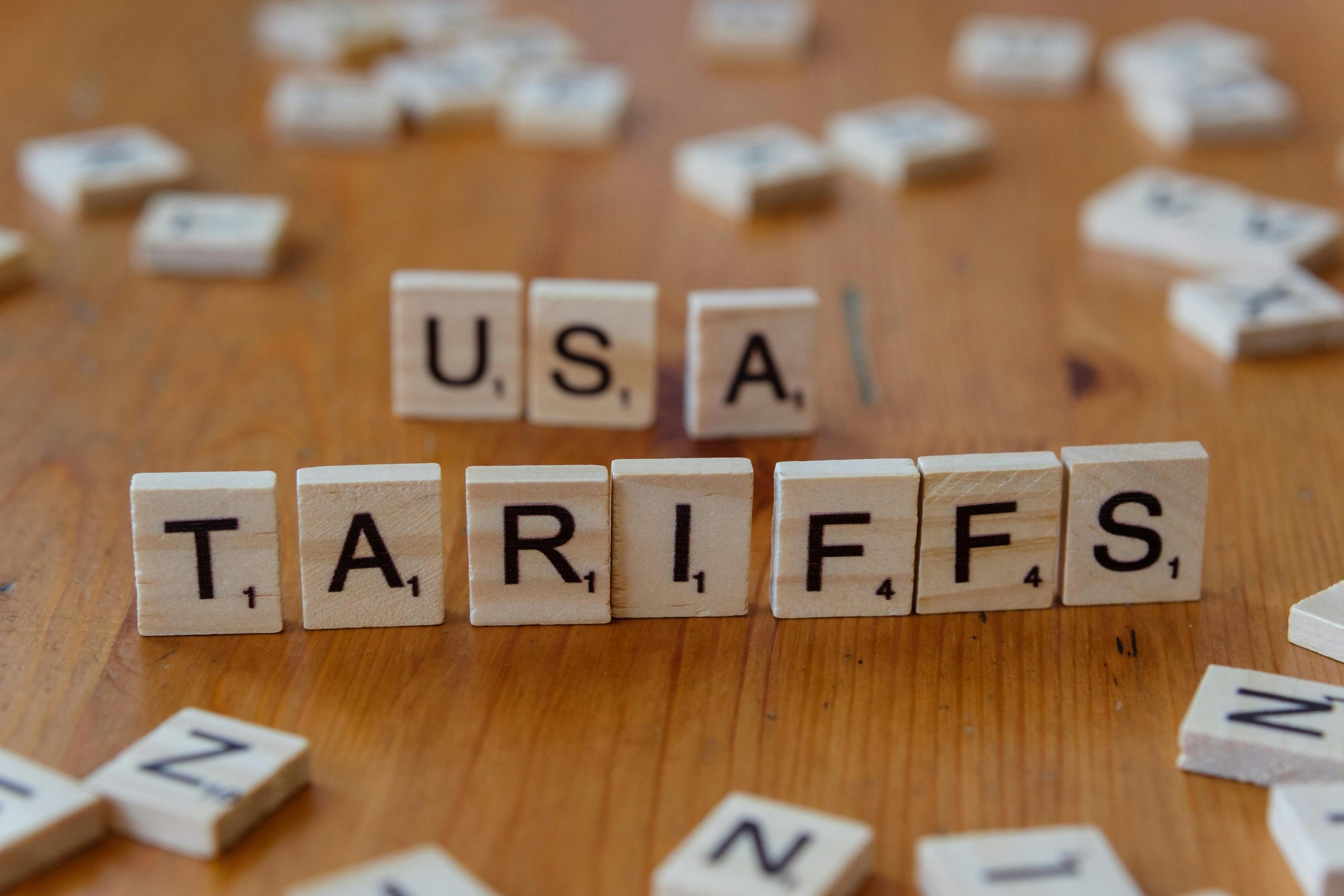
 Total Australian wine exports increased by 41% in value to AU$2.64 billion (£1.26bn)in the 12 months to March 2025, according to figures released by Wine Australia today.
Increased demand from Mainland China was predominantly to thank for the positive results, and Australian wine exports to mainland China have exceeded AU$1bn one year after removal of punitive tariffs.
However, overall it was a mixed bag for Australian wine exports over the last 12 months. Positive value figures in China went some way towards offsetting a somewhat gloomy picture elsewhere. Exports to the rest of the world, excluding mainland China, declined by 13% in value to AU$1.62bn and 9% in volume to 551 million litres.
These figures are record lows for Australian wine — the lowest value in 10 years and the lowest volume in 20 years for the rest of the world.
The decline in value was mainly driven by Hong Kong as sales there transitioned to mainland China, according to Wine Australia.
As for the volume drop, escalating trade wars caused declines in exports to key destinations including the UK, US and Canada. The ongoing tensions are likely to continue impacting wine exports, with the risk that they could increase prices, complicate supply chains and rapidly change the competitive landscape in key wine markets in the near-term.
Australian wine is currently subject to a 10% tariff on arrival in the US. With the situation still evolving, "there is still a lot of uncertainty about what the longer-term position might be", Wine Australia said.
The trade body explained that there continues to be uncertainty around a number of factors including "how much of the increased cost will get passed on to consumers, the effect of a global trade war on foreign exchange rates, and whether consumers will start to switch to domestic wines", making it "hard to predict how this will affect Australian wine exports to the US in the short-to-medium term".
Exports of Australian wine to the US have been in long-term decline, but have now reached the lowest level since the early 2000s. In the 12 months ended March 2025, Australian wine exports to the US declined by 17% in volume to 106 million litres and 9% in value to AU$323m, making it Australia’s second largest market by volume and third largest market by value.
Exports to the UK also declined, falling by 8% in volume to 208 million litres and 3% in value to AU$353m. Shipments to Canada, currently the fifth market for Australian wine by value, and fourth largest by volume, declined by 19% in volume to 60 million litres and increased by 3% in value to AU$151m.
Total Australian wine exports increased by 41% in value to AU$2.64 billion (£1.26bn)in the 12 months to March 2025, according to figures released by Wine Australia today.
Increased demand from Mainland China was predominantly to thank for the positive results, and Australian wine exports to mainland China have exceeded AU$1bn one year after removal of punitive tariffs.
However, overall it was a mixed bag for Australian wine exports over the last 12 months. Positive value figures in China went some way towards offsetting a somewhat gloomy picture elsewhere. Exports to the rest of the world, excluding mainland China, declined by 13% in value to AU$1.62bn and 9% in volume to 551 million litres.
These figures are record lows for Australian wine — the lowest value in 10 years and the lowest volume in 20 years for the rest of the world.
The decline in value was mainly driven by Hong Kong as sales there transitioned to mainland China, according to Wine Australia.
As for the volume drop, escalating trade wars caused declines in exports to key destinations including the UK, US and Canada. The ongoing tensions are likely to continue impacting wine exports, with the risk that they could increase prices, complicate supply chains and rapidly change the competitive landscape in key wine markets in the near-term.
Australian wine is currently subject to a 10% tariff on arrival in the US. With the situation still evolving, "there is still a lot of uncertainty about what the longer-term position might be", Wine Australia said.
The trade body explained that there continues to be uncertainty around a number of factors including "how much of the increased cost will get passed on to consumers, the effect of a global trade war on foreign exchange rates, and whether consumers will start to switch to domestic wines", making it "hard to predict how this will affect Australian wine exports to the US in the short-to-medium term".
Exports of Australian wine to the US have been in long-term decline, but have now reached the lowest level since the early 2000s. In the 12 months ended March 2025, Australian wine exports to the US declined by 17% in volume to 106 million litres and 9% in value to AU$323m, making it Australia’s second largest market by volume and third largest market by value.
Exports to the UK also declined, falling by 8% in volume to 208 million litres and 3% in value to AU$353m. Shipments to Canada, currently the fifth market for Australian wine by value, and fourth largest by volume, declined by 19% in volume to 60 million litres and increased by 3% in value to AU$151m.

















































